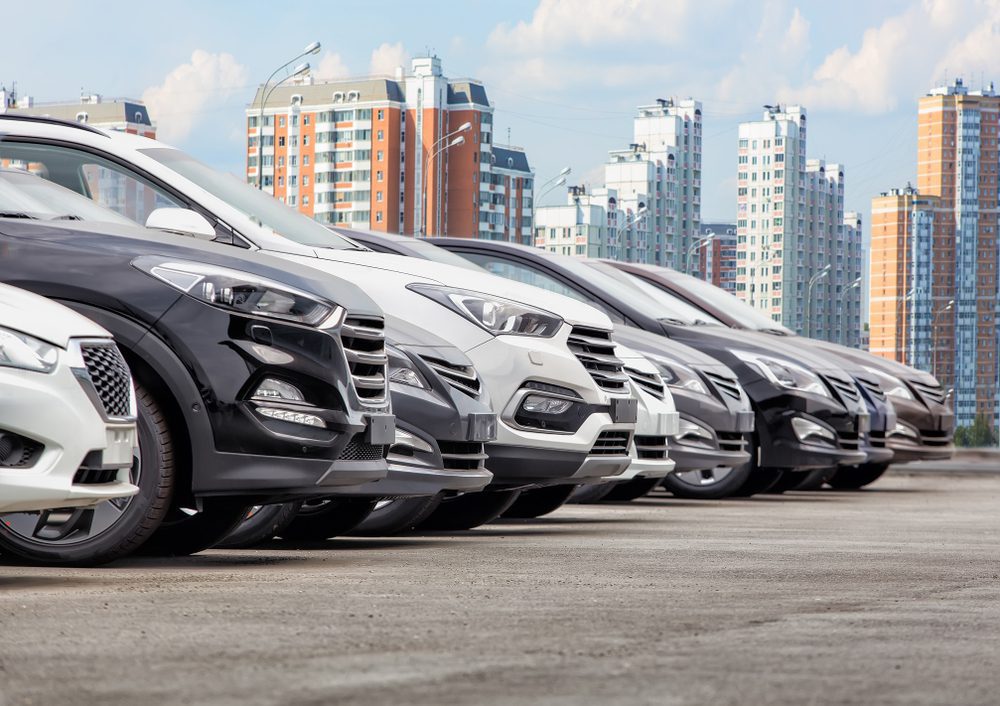With just one week left in March 2022, the auto retail industry can expect significantly fewer sales but an inverse trend in profits if the forecast by J.D. Power and LMC Automotive is correct once again. The joint forecast estimates 75% of the sales volume this month compared to a year previous, despite having an extra selling day this year. However, dealers are keeping much more profit per unit and incentive spend is at a historic low right now.
The lack of available inventory is driving all of the trends currently with average transaction prices expected to finish the month at more than 17% higher than last year this time. It’s receded slightly from an all-time high while still setting a record for the month of March at $43,737. As expected, the shortage of vehicles continues to exacerbate issues related to customer demand such as inflated pricing and vaporizing incentives.
Thomas King, president of the data and analytics division at J.D. Power, said, “Typically, March is a high-volume sales month with elevated promotional activity because it marks the end of the fiscal year for some manufacturers and the close of the first quarter for others. In March 2021, consumers purchased almost 1.4 million new vehicles at retail. This year, with fewer than 900,000 units in inventory, it will be impossible for the sale pace to even approach last year’s level. Given the strong demand and extremely constrained inventory situation, it should be no surprise that manufacturer discounts are at their lowest level ever, while prices and profitability set records for the month of March.”
Incentive spend hits record low
In March, the value of incentives that car shoppers receive on a vehicle purchase are confidently predicted to reach the lowest point since tracking on the statistic began. The average incentive spend as a percentage of MSRP is expected to drop to 2.3%, or approximately $1,044 per vehicle. That’s less than one-third of the value shoppers would have received just one year ago.
Incentive spend is not expected to spike back up anytime soon as there’s virtually no threat of carmakers getting stuck with old stock. In fact, J.D. Power’s King mentioned that “the average number of days a new vehicle is in a dealer’s possession before being sold is on pace to be 18 days—down from 54 days a year ago”.
The inventory shortage has intensified vehicle demand, and most carmakers have expressed confidence that normal production will resume in Q2. But as shortages drag on, consumers are caught in the middle with fast-rising prices.
More of the same to start Q2 2022
For dealers wondering when the bubble will burst, it doesn’t look like April will be that month. Profitability among variable operations continues to soar and, although the March total profit per unit is expected to drop below the $5,000 mark for the first time in six months, it still tallies up to around 62.5% more total new vehicle sales profit than a year ago.
King says, “In April, with inventory and production levels still projected to be at historical lows compounded by global events, the overall industry sales pace will continue to be supply constrained. Therefore, April’s sales pace will be dictated mostly by manufacturers’ procurement, production and distribution efforts. Regardless of inventory position or production levels, manufacturers and retailers will continue to benefit from both the elevated—and pent-up—levels of consumer demand, giving them the ability to maintain historically high profitability on nearly every unit sold.”
Did you enjoy this article from Jason Unrau? Read other articles on CBT News here. Please share your thoughts, comments, or questions regarding this topic by submitting a letter to the editor here, or connect with us at newsroom@cbtnews.com.
Be sure to follow us on Facebook and Twitter to stay up to date or catch up on all of our podcasts on demand.
While you’re here, don’t forget to subscribe to our email newsletter for all the latest auto industry news from CBT News.










